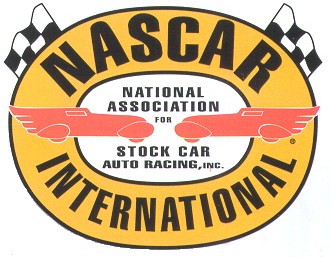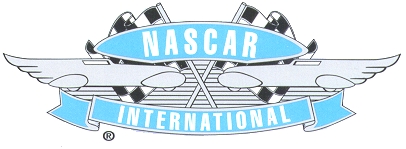NASCAR Grand National Series was the name of the NASCAR Cup Series between 1950 and 1970. NASCAR's stock car racing circuit began in 1949 as Strictly Stock. It gained the new name the next year and since has been referred to as Winston Cup Grand National (1971 - 1985) Winston Cup (1986 - 2003), NEXTEL Cup (2004 - 2007), SPRINT Cup (2008 - 2016), MONSTER Energy NASCAR Series (2017 - 2019), NASCAR Cup Series (2020 - Current).
Essentially, it has all been the same with different names. When NASCAR, under President Bill France Sr., adopted the name "Grand National Series," it was to add luster to the name. The name pure and simple sounded more important and fancier than Strictly Stock, and that felt critical at the time stock car racing was basically a regional niche sport on the sporting landscape, trailing by a large margin the fan bases of baseball, football, and basketball. The Grand National Series also defines a time period in NASCAR history before R.J. Reynolds became the signature corporate sponsor. Along with the name change to Winston Cup, the key sponsorrship resulted in new rules and new tracks.
When NASCAR was the Grand National Series, many events were still held on dirt tracks. Many races were also shorter, in the 150-mile range. R.J. Reynolds was the driving force in shortening the season, which for a time exceeded 60 races per year, and eliminating shorter races and nonasphalt tracks. The race schedule in Grand National also sometimes called for midweek racing and occasionally more than one race on the same weekend, emaning not all of the drivers showed up for every event. The schedule was consolidated and made uniform in the sense that there was only one race per weekend. All of that was accomplished by 1972, what in the post-Grand National period is now referred to as NASCAR's modern era.
The organization and institutionalization of stock car racing with a governing body also brought stricter rules to a sport that stemmed from an outlaw past. Many of the earliest drivers had developed their skills driving wouped-up sedans on back roads as they toted noonshine whiskey between backwoods still manufacturers and various salesmen, doing their best to outspeed law enforcement officers. The Grand national Series sought to bring respectability to stock car racing, and in later years neither Bill France Sr. nor his successor son Bill Jr. as predident would even discuss the shady roots of the sport.
Adopting uniform rules and enforcing them in the early days of Grand National racing was an important element in France Sr.'s grand plan to grow the sport and bring a family atmosphere to tracks.
NASCAR was already on a path to racing in grander, larger facilities, starting with Darlington in 1950, Daytona in 1959, and Talladega in 1969. One by one dirt tracks were paved, and then one by one the smaller tracks were eclipsed by the construction of much bigger racing palaces. The final dirt track race was conducted in the Grand National Series in 1970. The final dirt track race was conducted in the Grand national Series in 1970. The series became the Winston Cup a year later.
Currently, the Monster Energy NASCAR season begins with the Daytona 500, the Great American Race, at the end of February and includes 36 races. The season does not end until November, making NASCAR the longest season in American professional sports.



